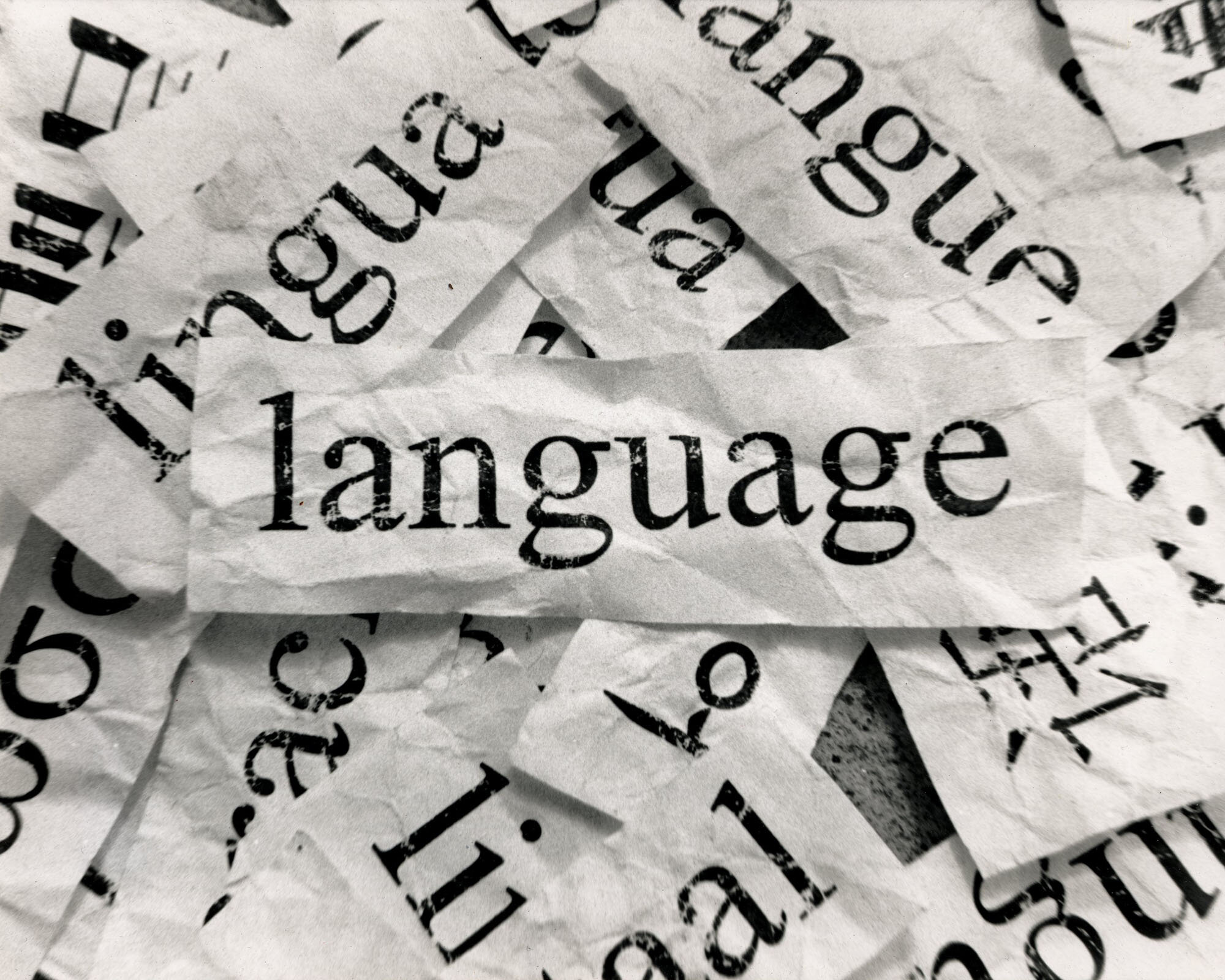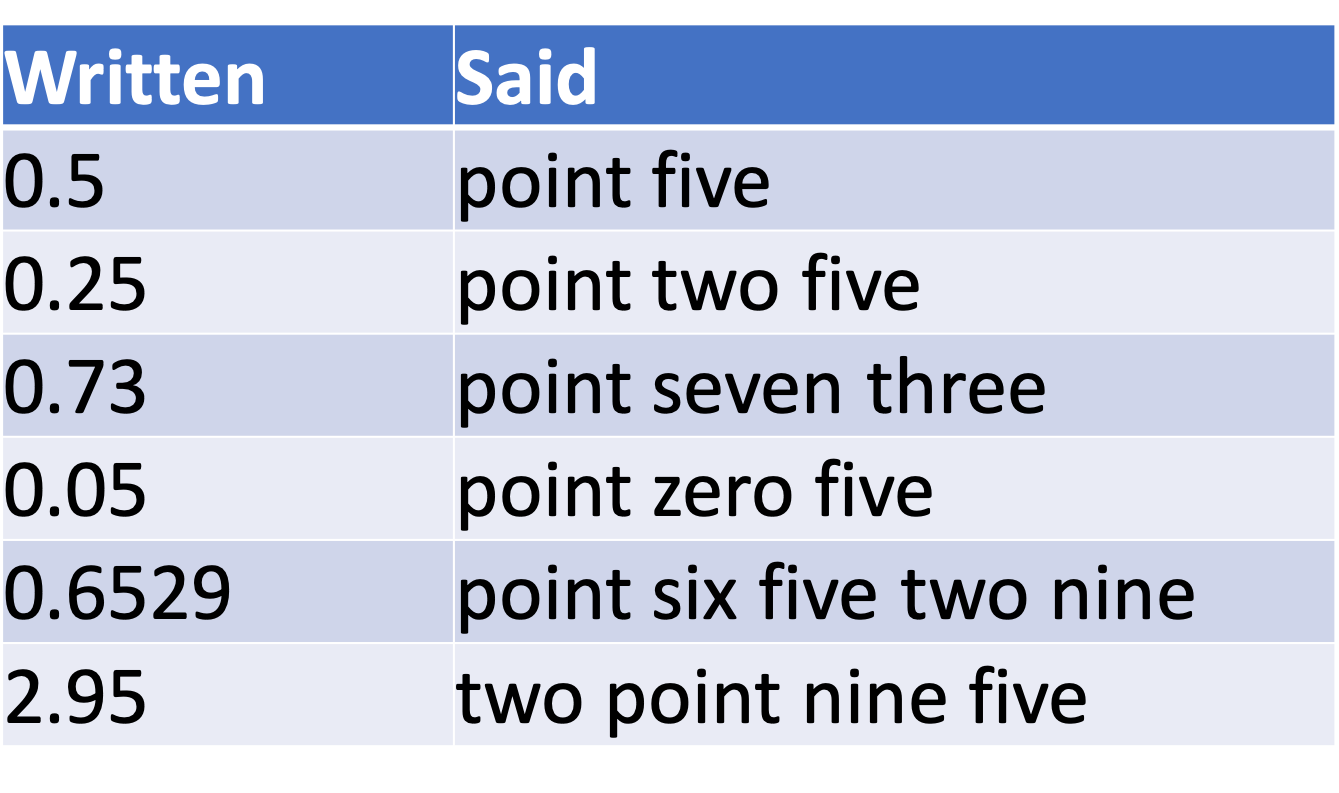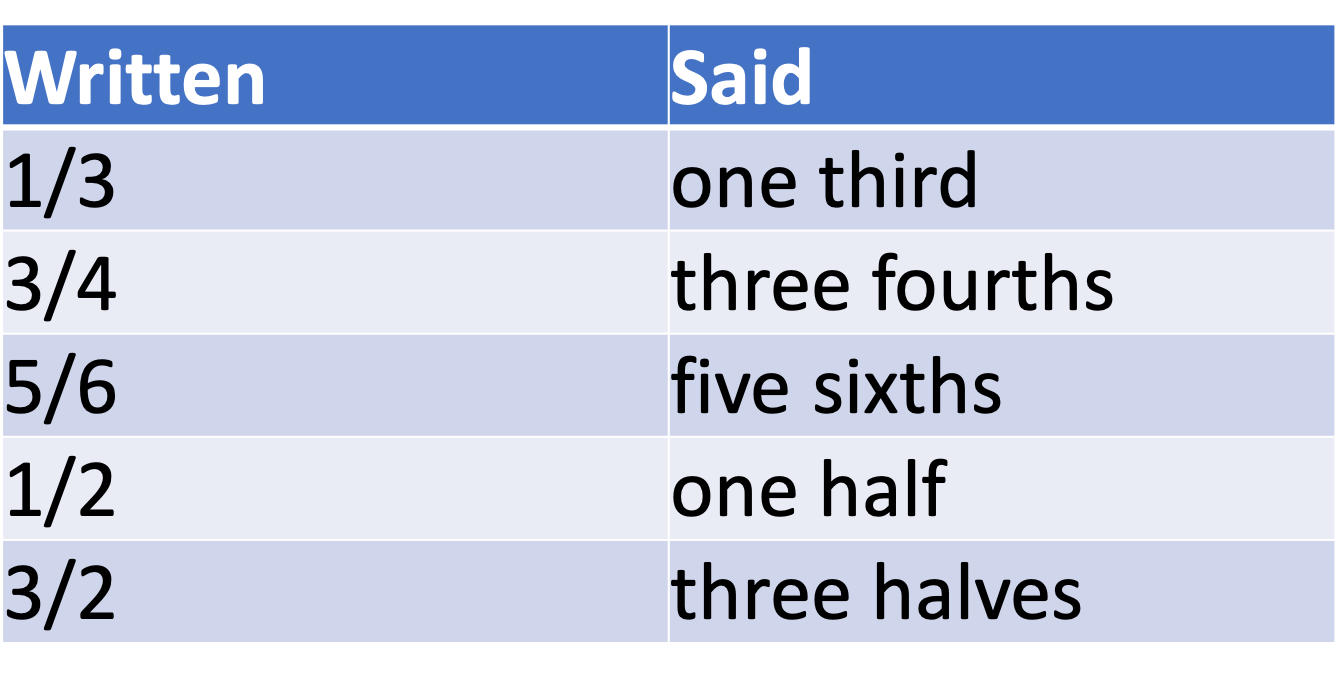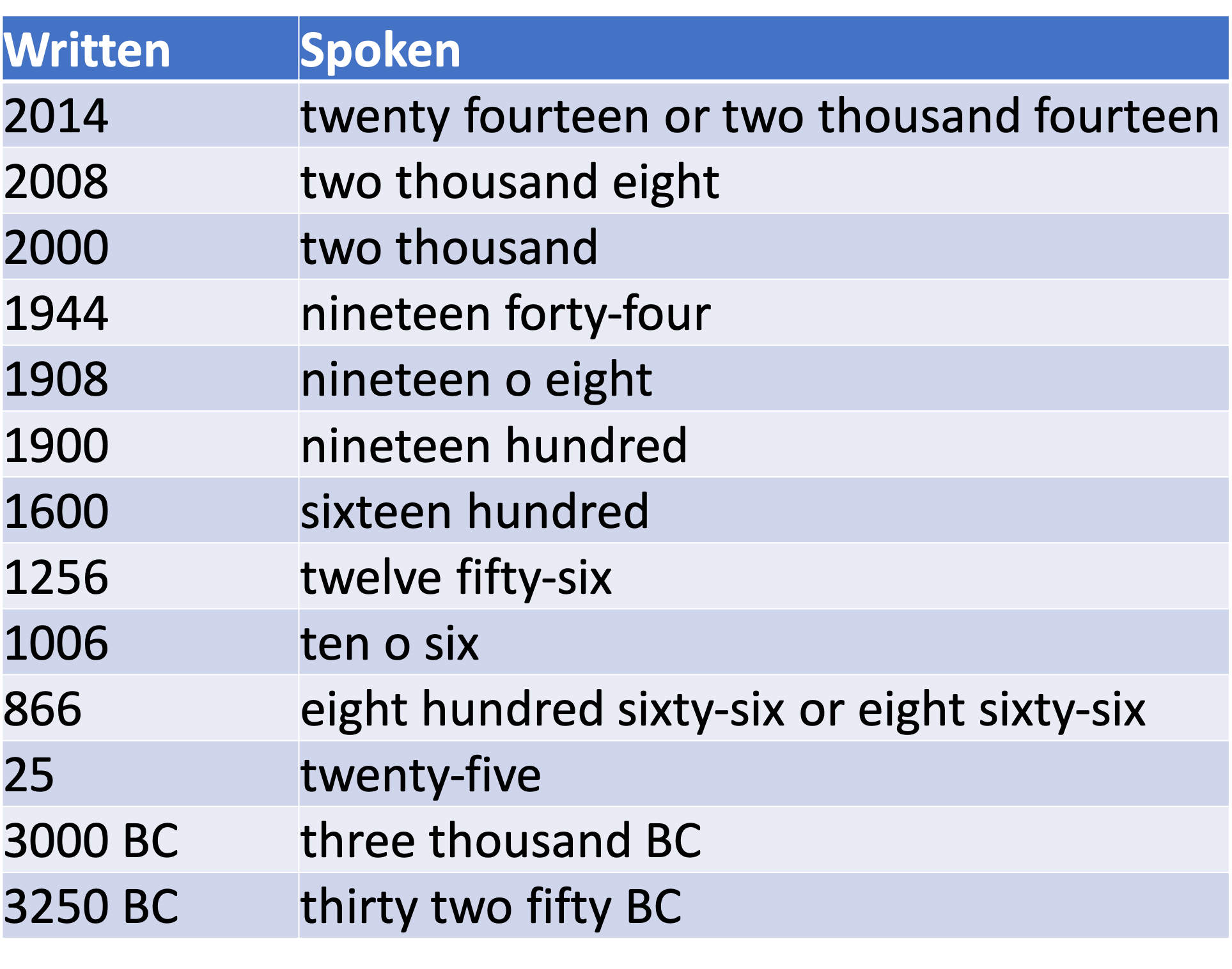Using “In the…”
When we want to say where a number generally lies, in the above groups, we can say it is in the… For example, 14 is in the teens, 325 is in the hundreds. For tens and hundreds of larger numbers (thousands, millions), we say in the tens (or hundreds) of… So: hundreds of thousands and tens of millions.
Hundreds and thousands
Often it is easier to describe four figure numbers in hundreds instead of thousands. This is perfectly acceptable. For example, 1500 might be described as fifteen hundred, instead of one thousand five hundred (or one and a half thousand), because it is simpler to say.
Section 11
Numbers as adjectives
All of these numbers can be referred to by the number of figures they contain, with plurals, for instance a number is in single figures (3), double figures (20) or quadruple figures (1,000). However, when we use the figure size of the number to describe a noun (such as a salary, price or to refer to a number itself) we simply use number + figure + noun. For example, a six-figure salary, a four-figure discount.











